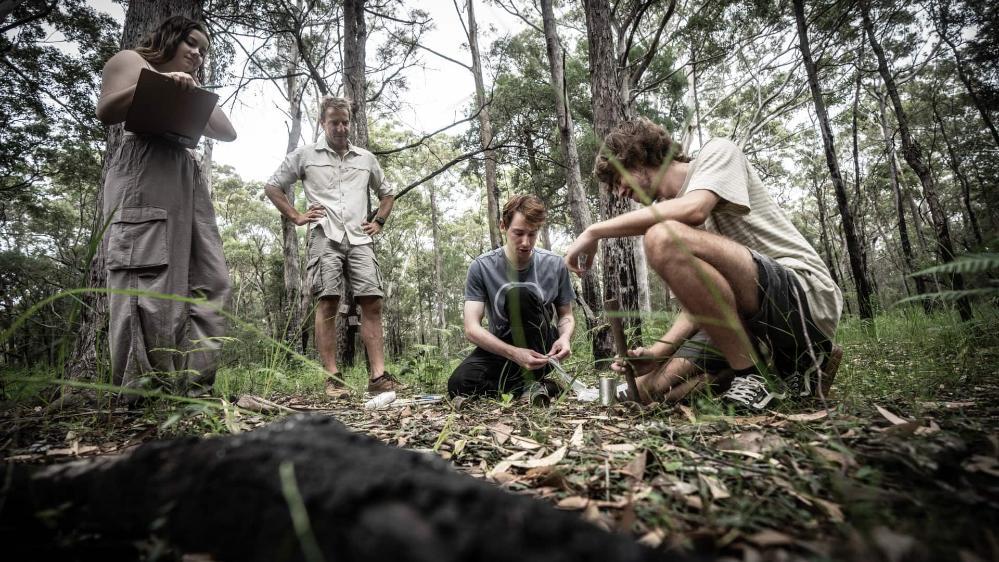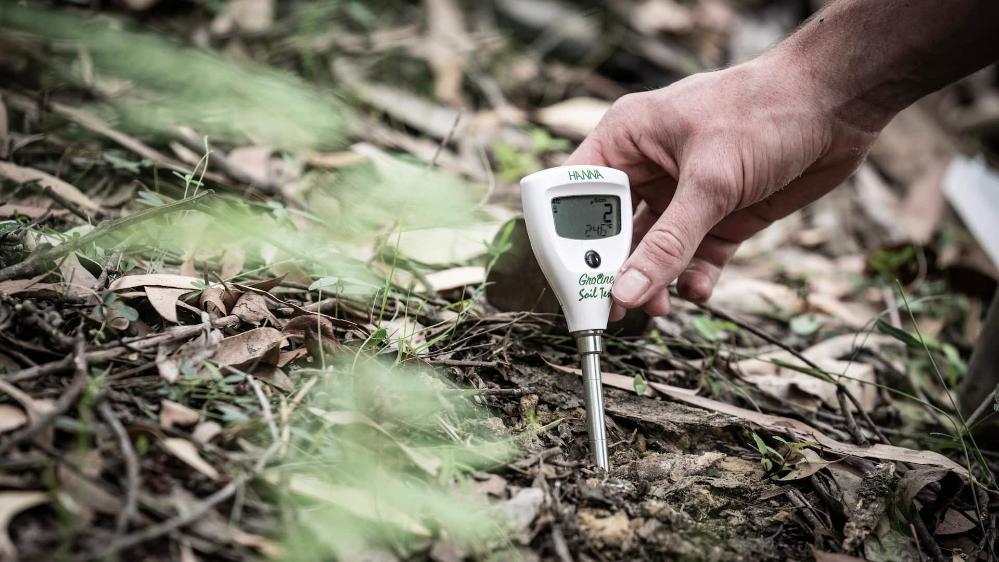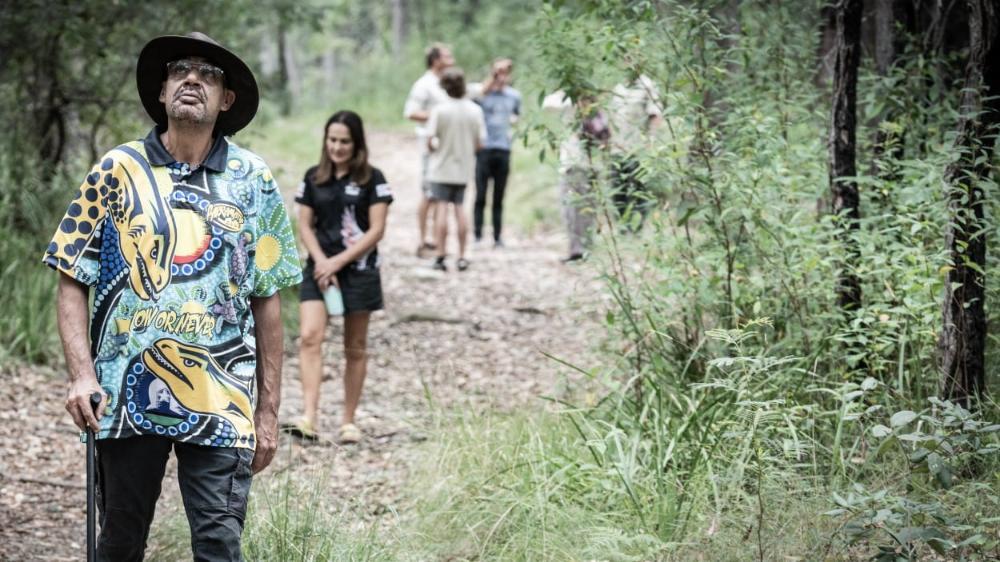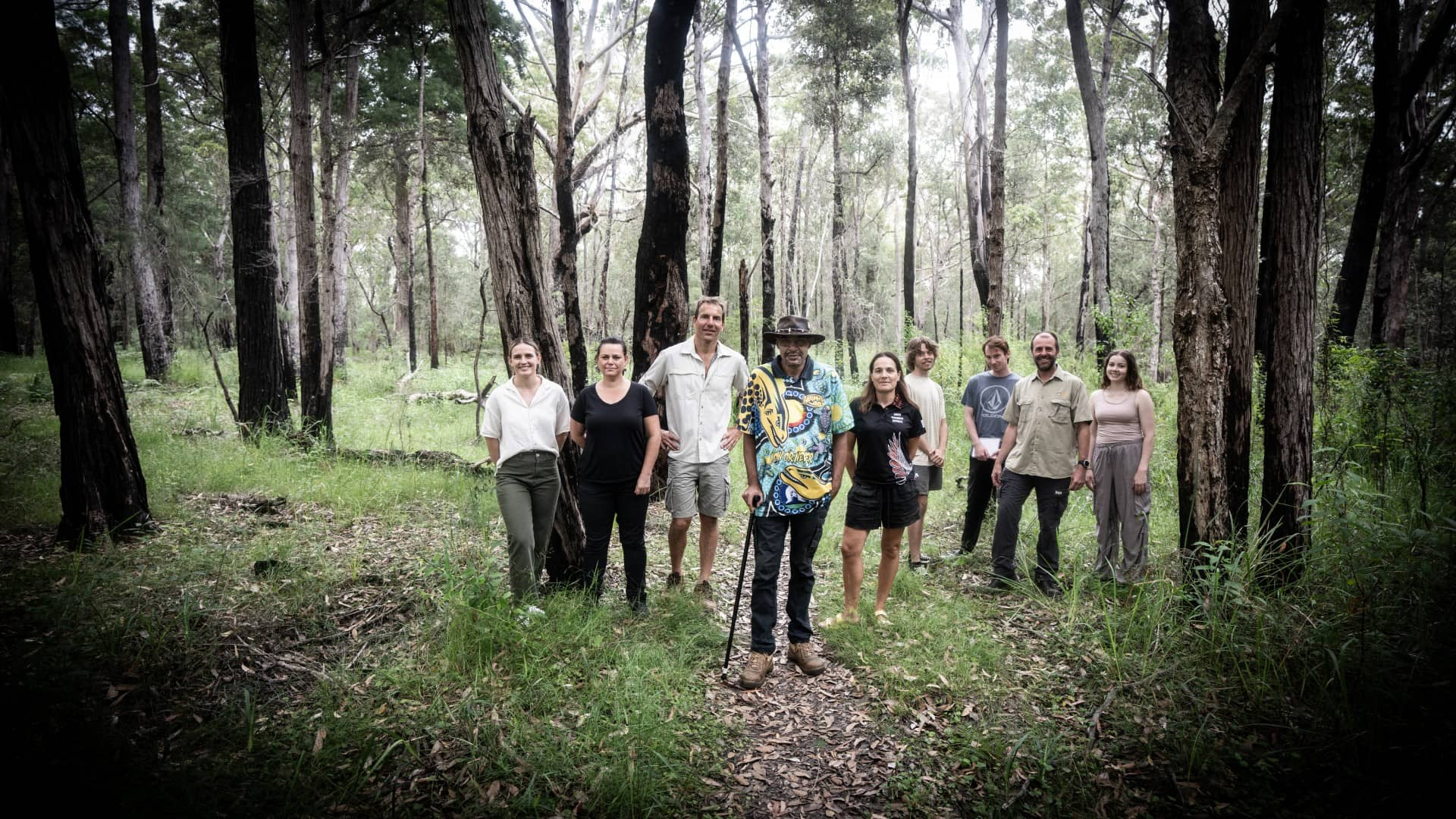March 14, 2024
Research shows Indigenous cultural burning promotes soil health, ecosystem
New study examined differences between cultural burning and agency-led prescribed burning on NSW South Coast
New research has found that Indigenous-led cultural burning has a positive impact on the soil health and the overall ecosystem of a landscape, which could provide new insights into how to mitigate bushfire risk now and into the future.
The study, published in the journal Fire, was a joint investigation by members of the Ulladulla Local Aboriginal Land Council and academics from the University of Wollongong (UOW), who compared the effect of agency-led prescribed burning with that of cultural burning.
The researchers, encompassing Leanne Brook, Victor Chanell, and Shane Snelson from Ulladulla Local Aboriginal Land Council, Jessica Davis, Professor Anthony Dosseto, Dr Katharine Haynes, Dr Jack Simmons and Associate Professor Nicholas Deutscher from the School of Earth, Atmosphere and Life Sciences at UOW, carried out their study in an area of Murramarang Country on the South Coast of New South Wales. The research was born from Ms Davis’s Honours project, under the supervision of Professor Dosseto and Dr Haynes.

The ecologically and culturally significant site borders Narrawallee Creek, and includes a diverse landscape of suburban infrastructure, agricultural farmland, and a nature reserve.
Agency-led burns are burns carried out by the NSW Rural Fire Service and NSW National Parks and Wildlife Service, with the primary aim of reducing the risk to lives and homes. Cultural burns, however, are carried out for a variety of reasons, including to care for the environment, to grow food and medicine, and for ceremony and spiritual reasons. Bushfire risks can be reduced with a cultural burn, but it is never the primary aim.
Professor Anthony Dosseto, founder of the Wollongong Isotope Geochronology Laboratory at UOW, said there are differences between Indigenous-led cultural burning and agency-led prescribed burning, both in the intentions behind the fire and how they are carried out.
“The cultural burns by Indigenous custodians aim to promote ecological health, encourage plant regeneration, and maintain cultural connections to the land,” Professor Dosseto said.

“The agency-led burns are managed by government agencies responsible for land and fire management. These burns are conducted with the objective of reducing fuel loads and mitigating the risk of severe bushfires. These burns follow a more systematic approach, with larger areas targeted for controlled burns. The aim is to create buffer zones and protect surrounding communities from the threat of fire.”
The research found both types of burns led to a decrease in soil bulk density, an important outcome for soil health, as well as an increase in organic matter content. However, the soils that underwent cultural burning showed greater amounts of carbon and nitrogen, compared to sections of the landscape that were unburnt or burnt by agency-led practice. This could potentially be attributed to the lower temperatures of the fire in cultural burning.
While all burning was beneficial for soil health, and for the wellbeing of the ecosystem, Professor Dosseto said cultural burning show added benefits, providing a valuable framework for how we support healthy ecosystems and reduce the risk of bushfires.

“Soil health is a fundamental indicator of the well-being of the whole ecosystem and crucial for all flora and fauna. Both agency-led prescribed burns and Indigenous cultural burns benefit soil health by increasing moisture, reducing soil density, and boosting organic matter. However, cultural burns stand out for their remarkable ability to improve soil quality by making it lighter, allowing more nutrients and microbes to thrive,” Professor Dosseto said.
“Our research unveils the power of Indigenous cultural burning for actively increasing the health of soils across a number of important parameters. This isn't just about fires—it's about nurturing our lands for the future. From policymakers to everyday folks, everyone can learn from these insights to safeguard our environment.”
About the research
‘Quantitative Assessment of the Effect of Agency-Led Prescribed Burns and Cultural Burns on Soil Properties in Southeastern Australia’ is published in Fire: https://www.mdpi.com/2571-6255/7/3/75
Co-authors are Murramarang Country; Jessica Davis; Jack Simmons; Shane Snelson; Victor Channell; Katharine Haynes; Nicholas Deutscher; Leanne Brook; and Anthony Dosseto.
Main photo: The research team behind the cultural burning project, from left, Jessica Davis, Leanne Brook, Anthony Dosseto, Victor Channel, Kat Haynes, Brandon Clarke, Stuart Petty, Nicholas Deutscher and Tahli O'Connor.
